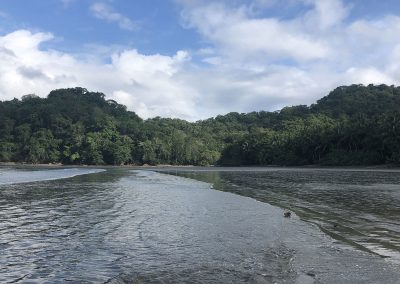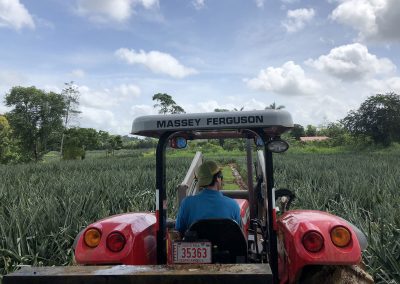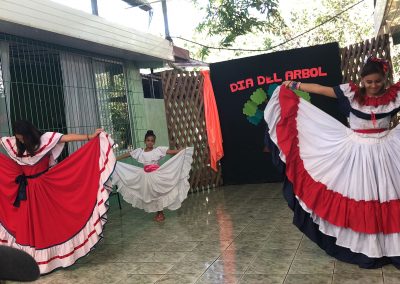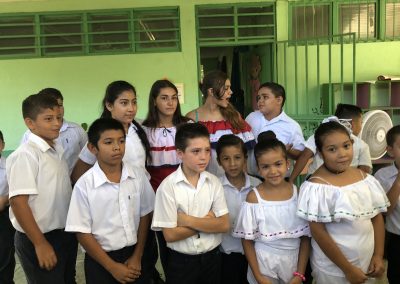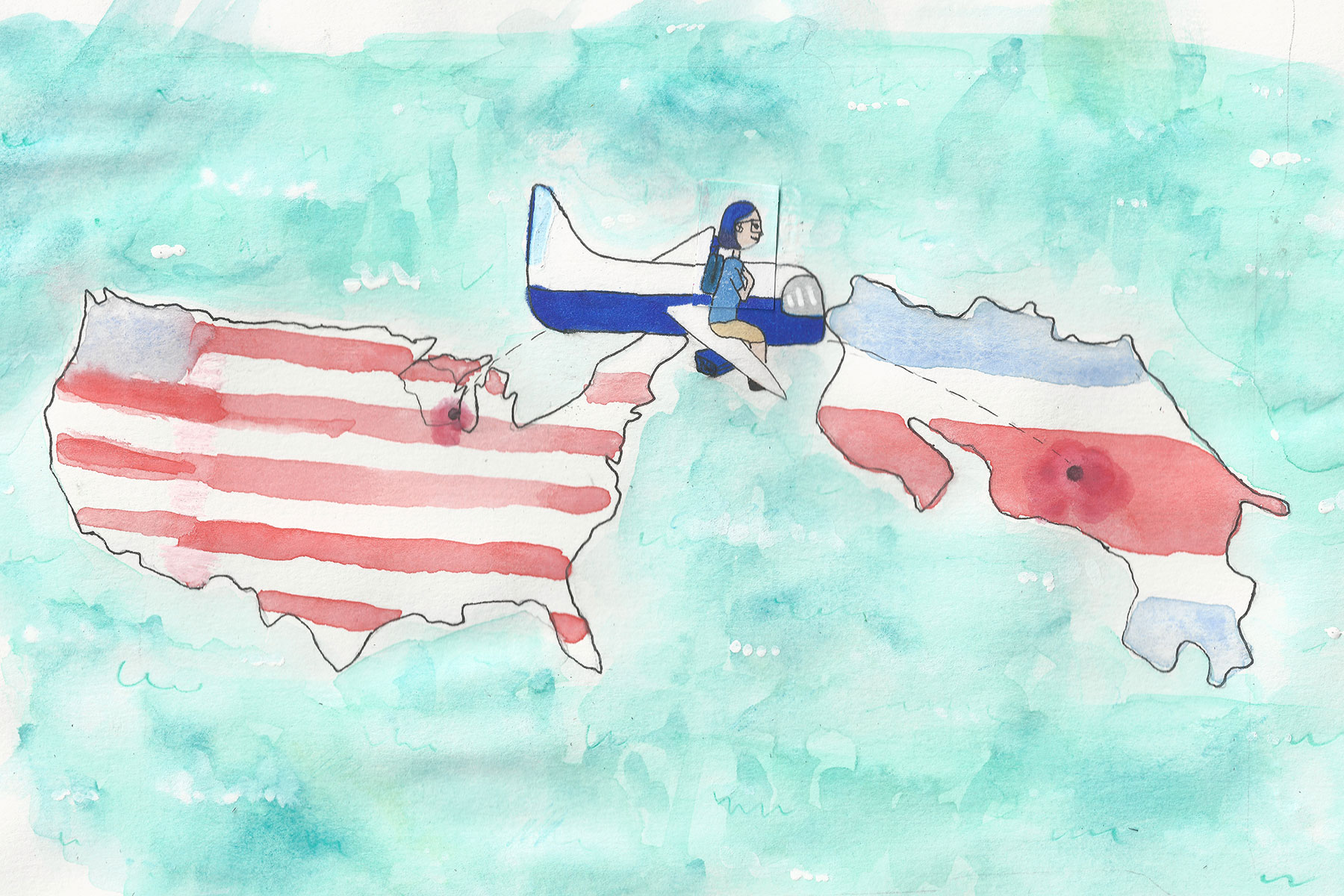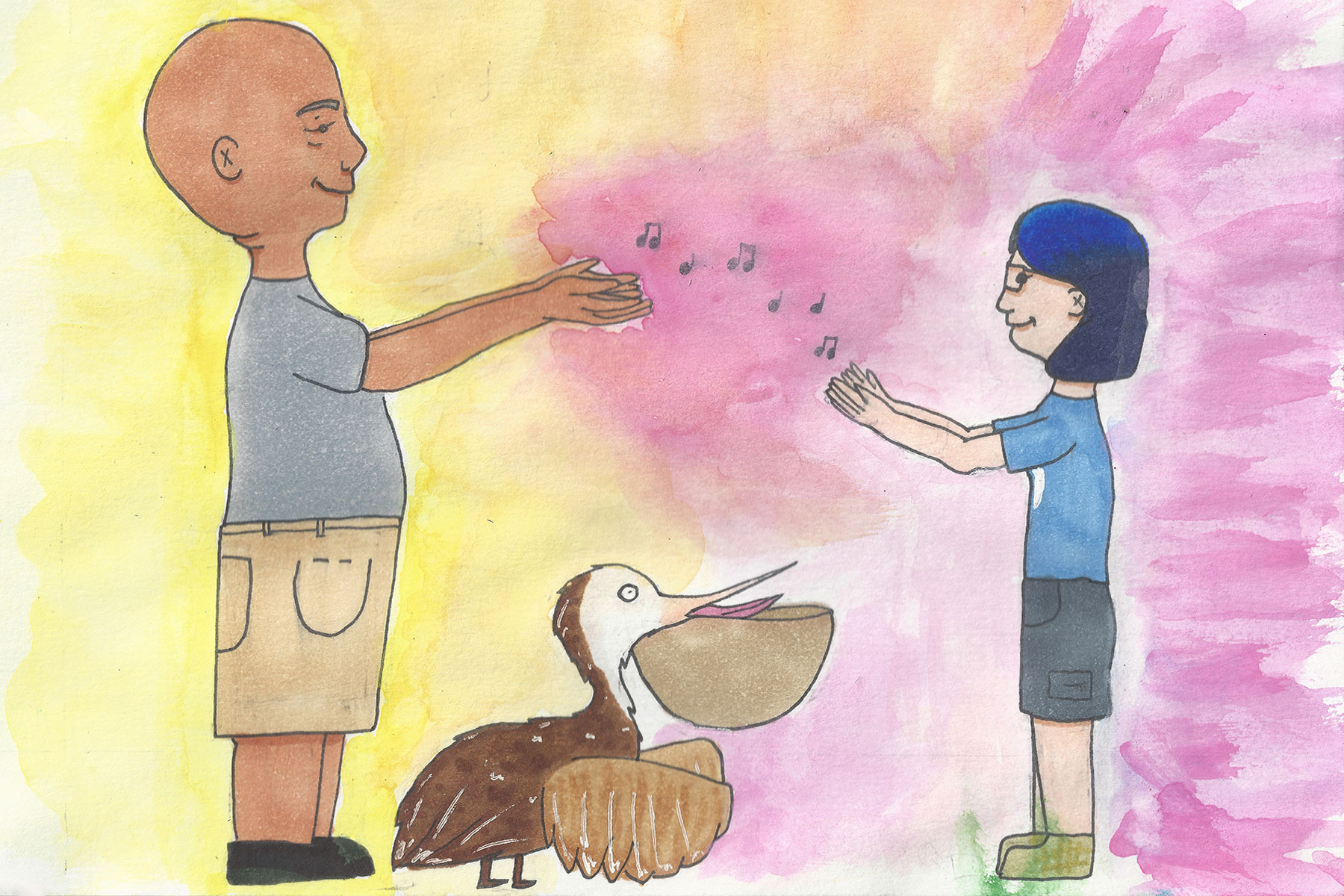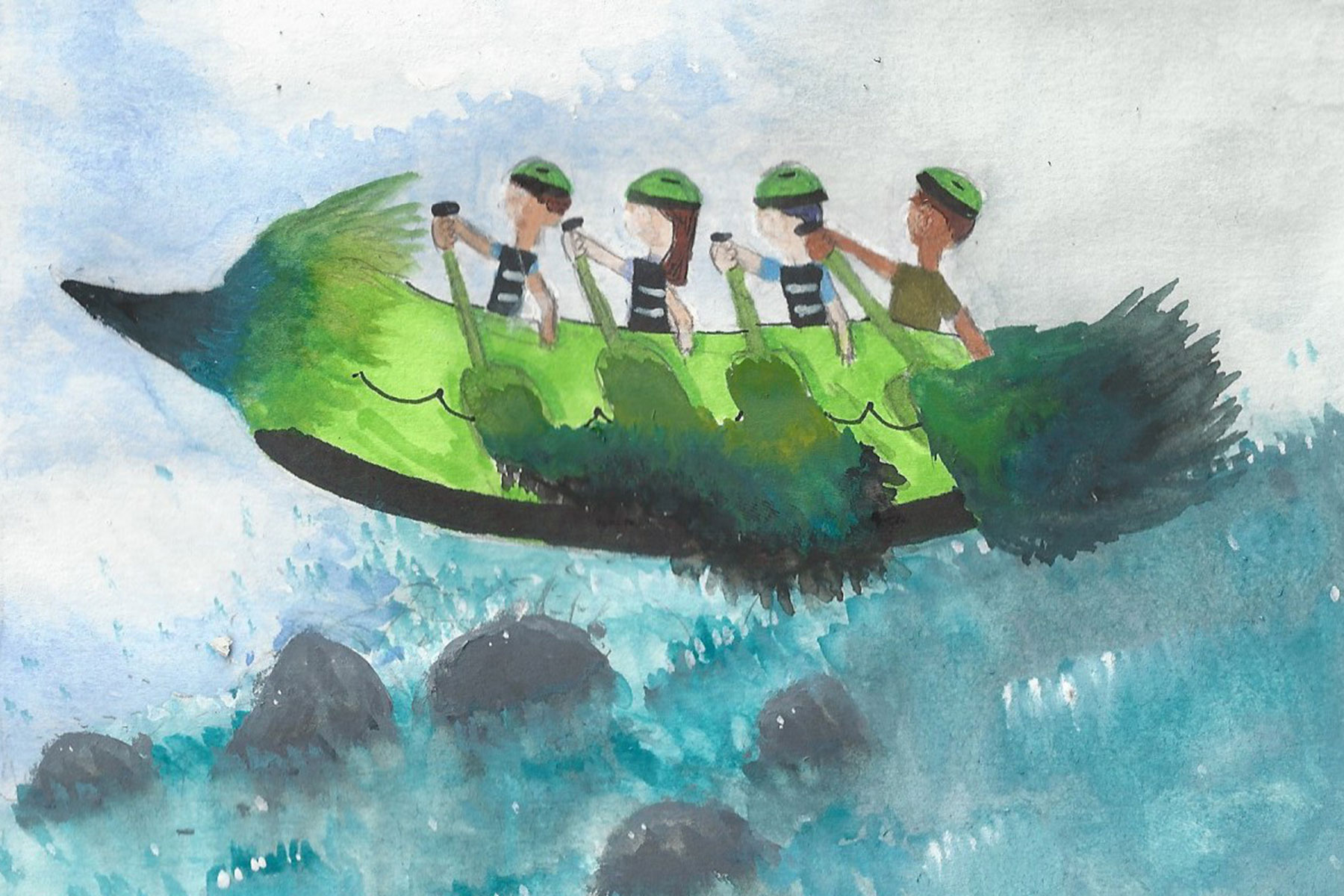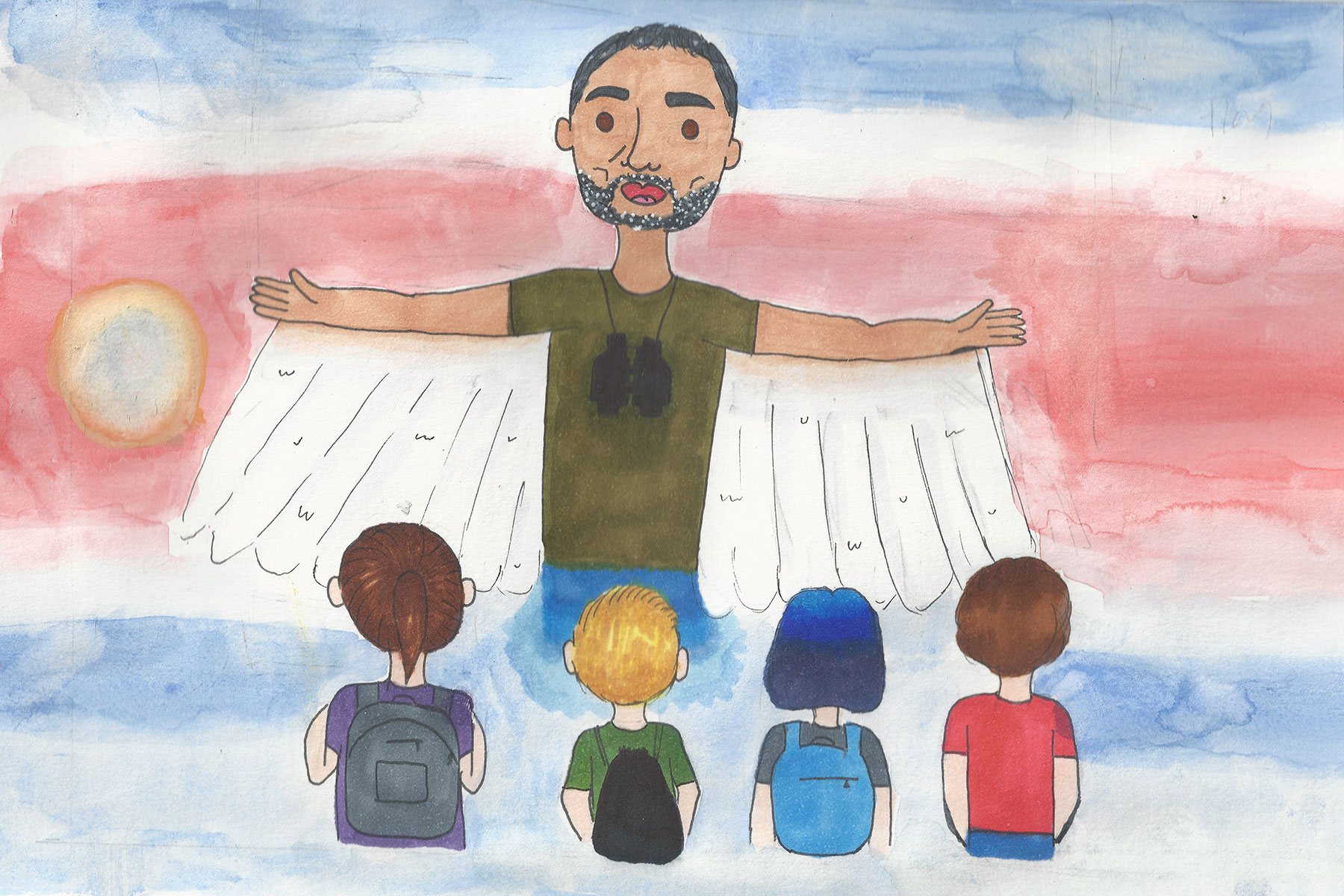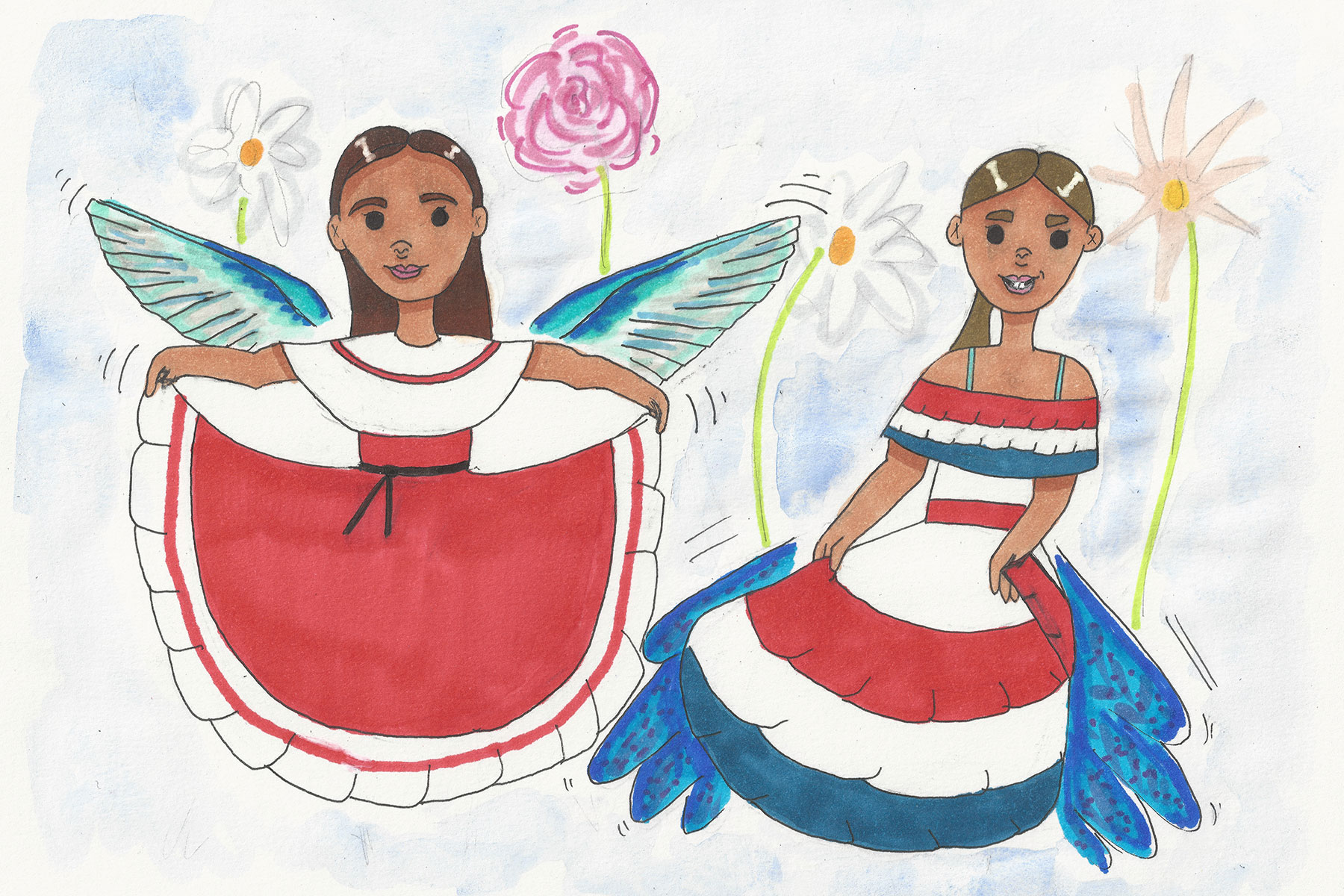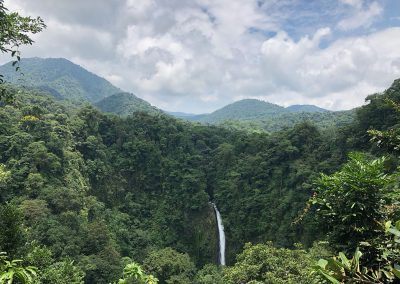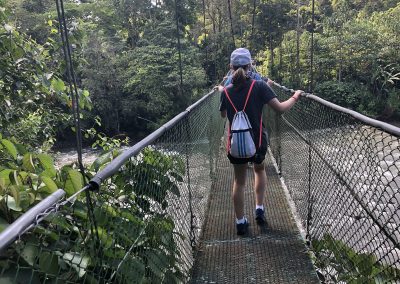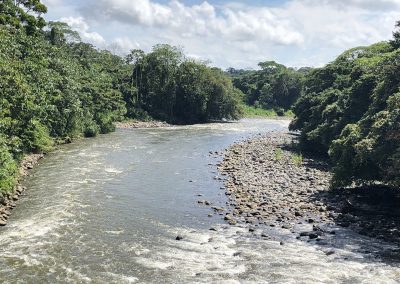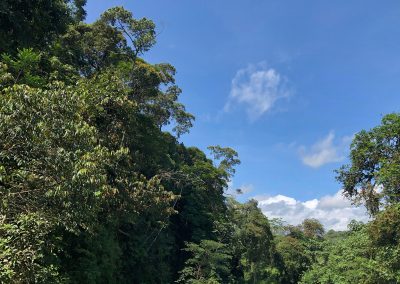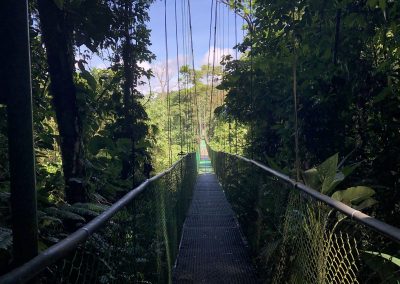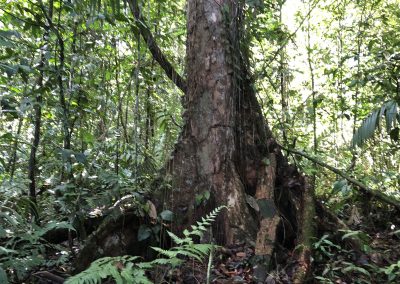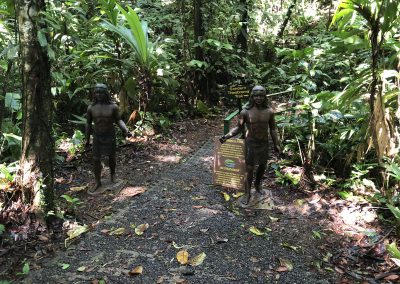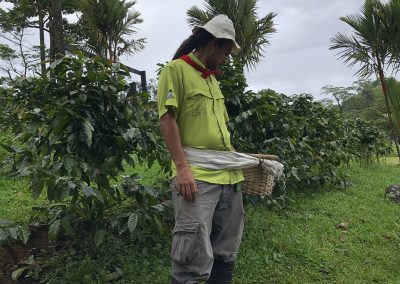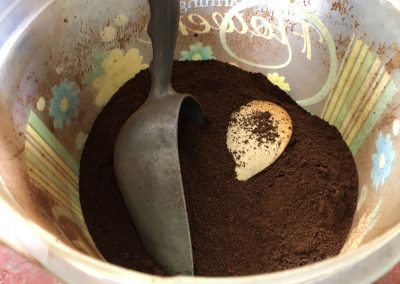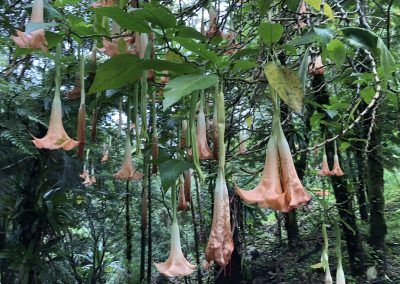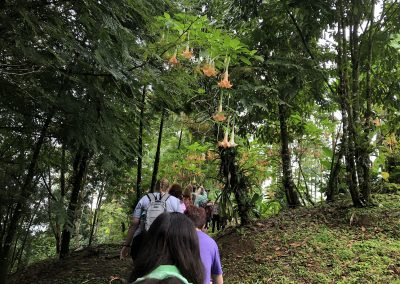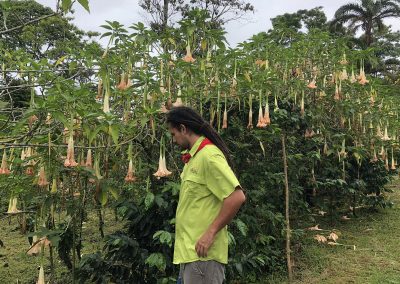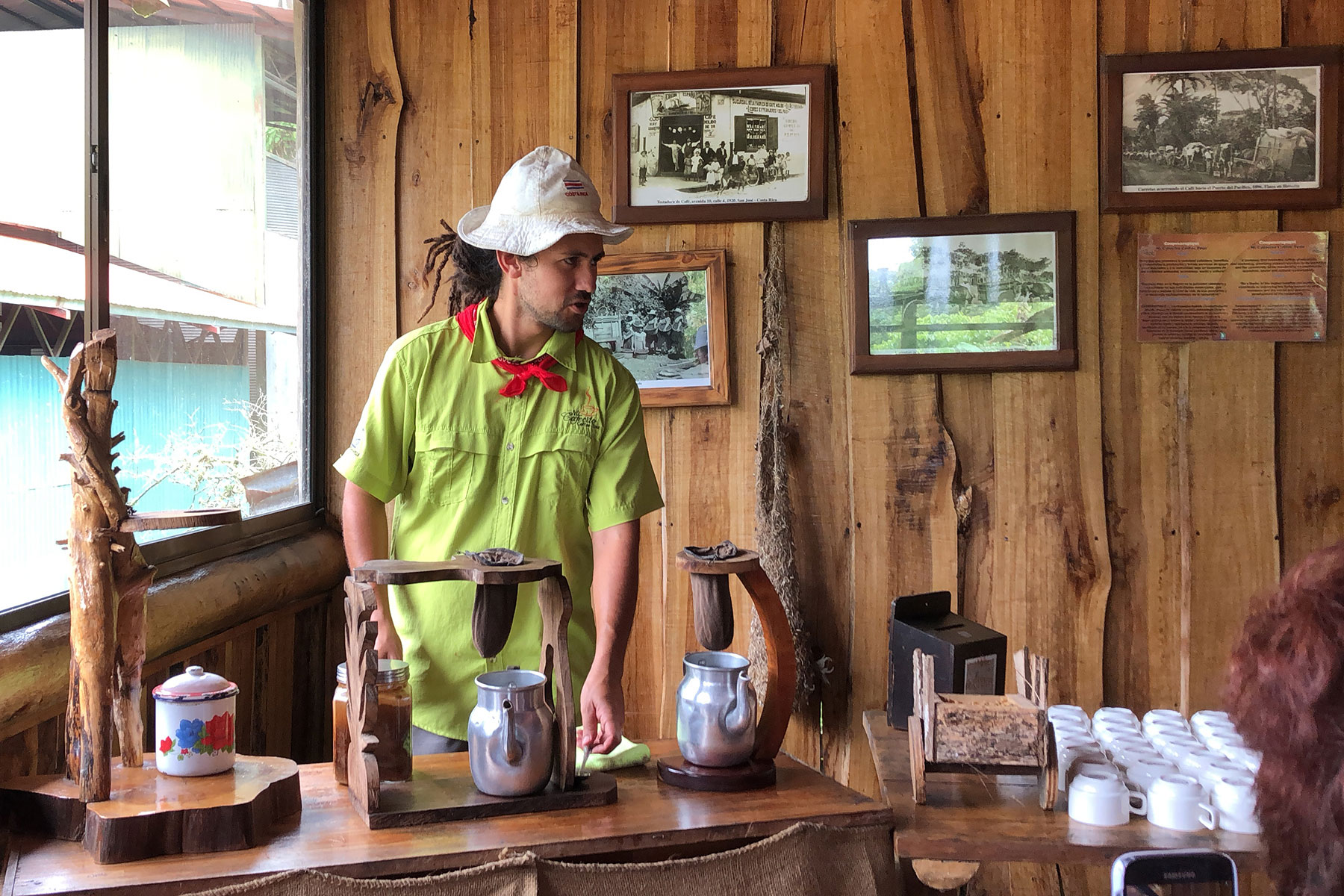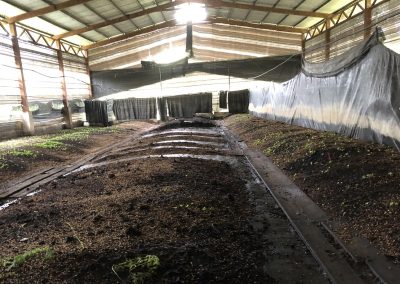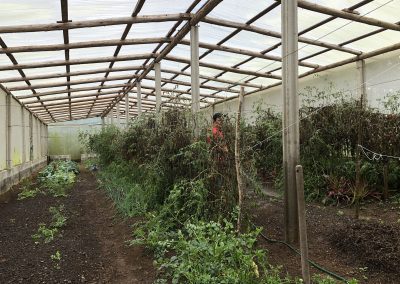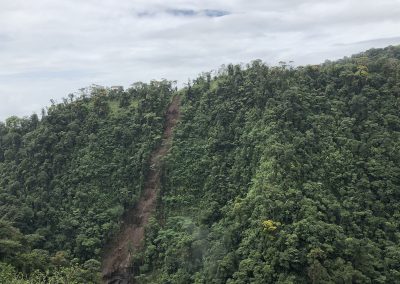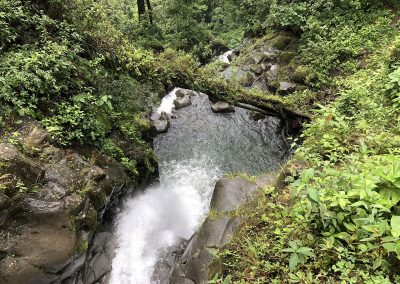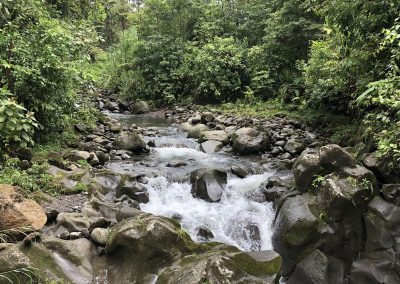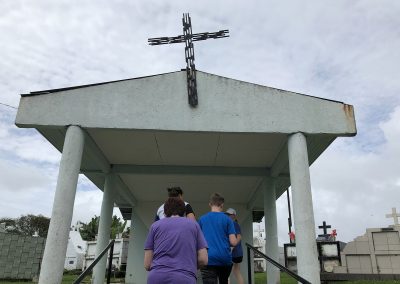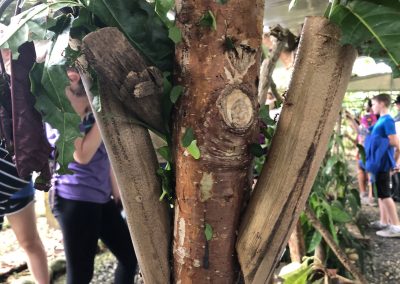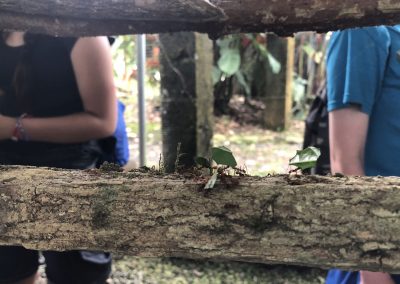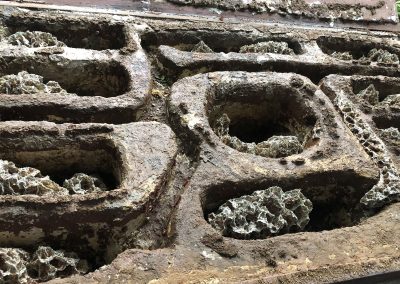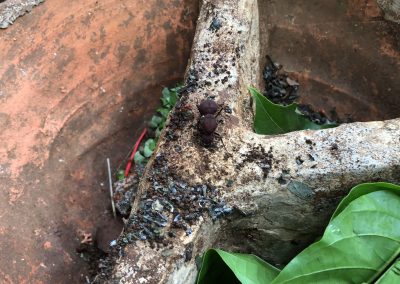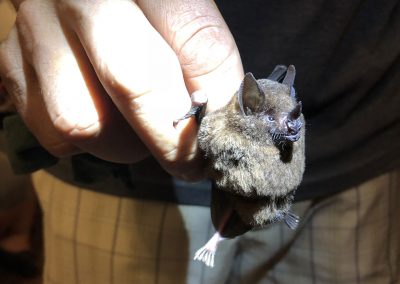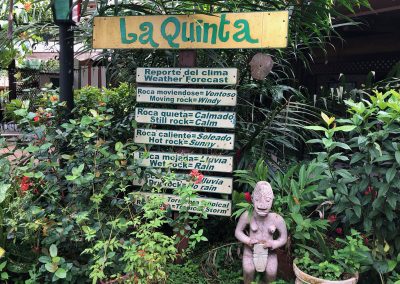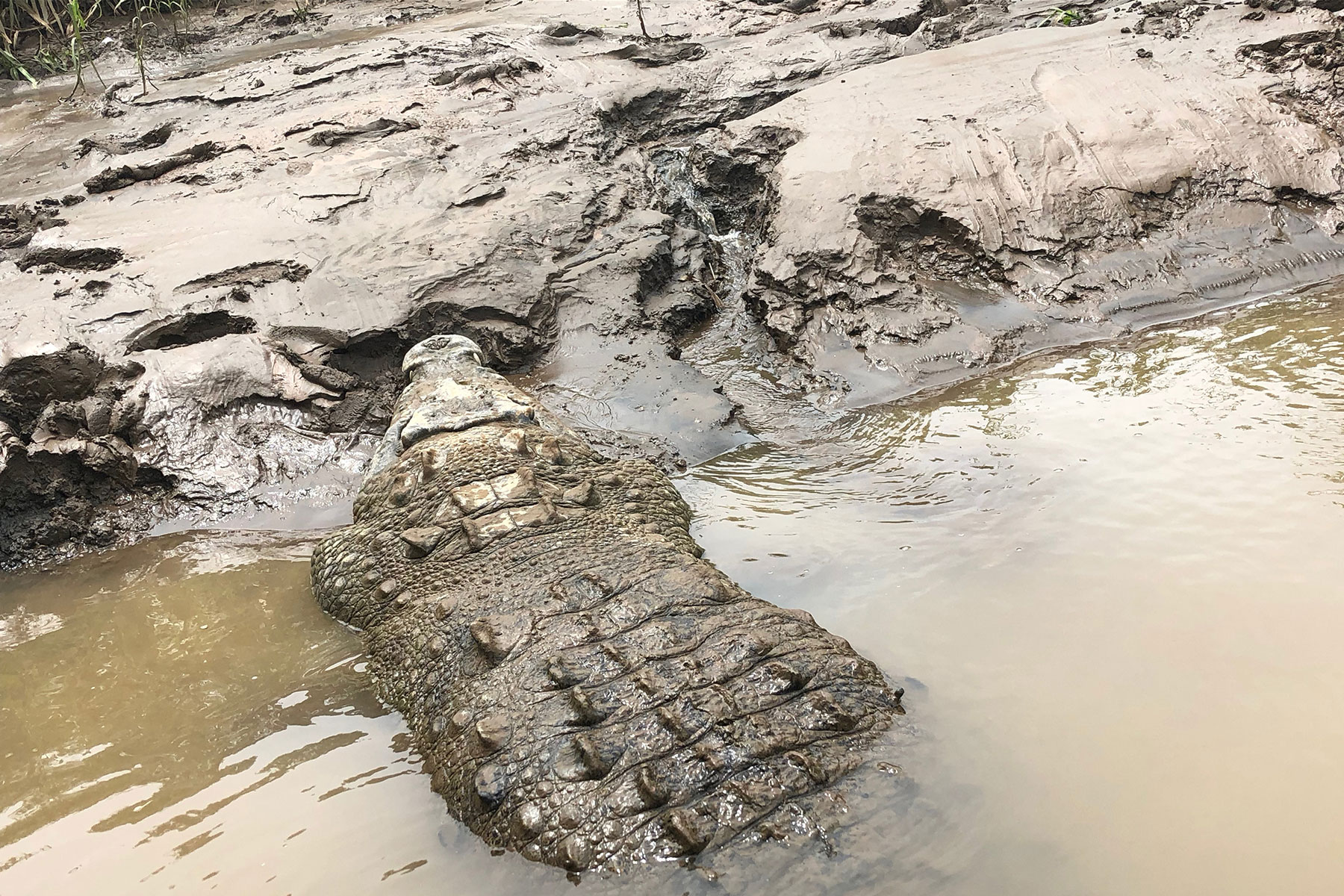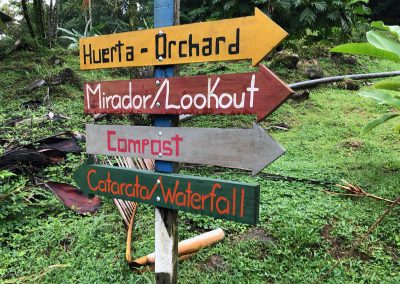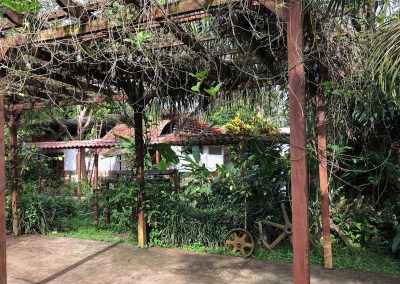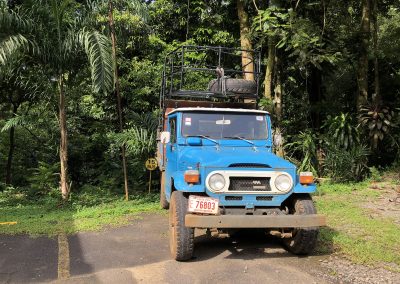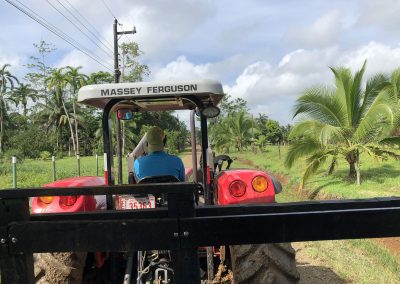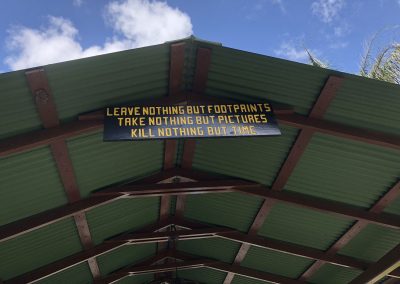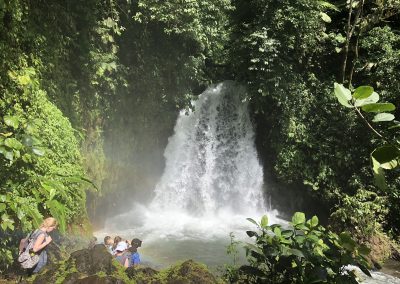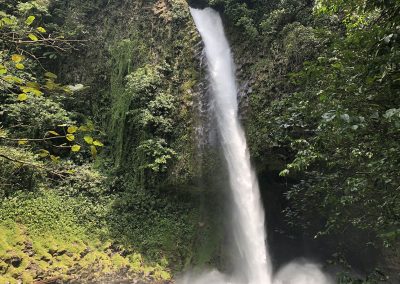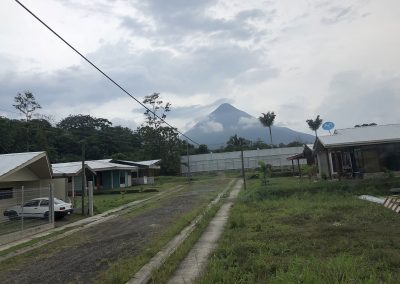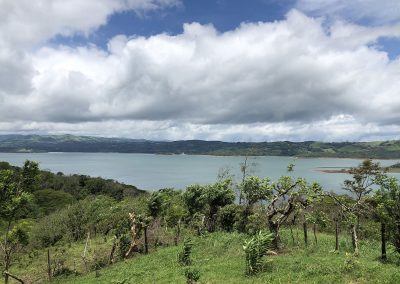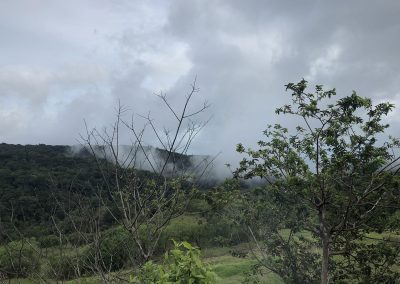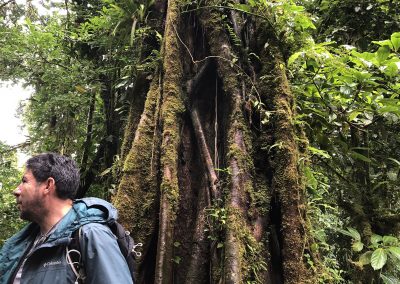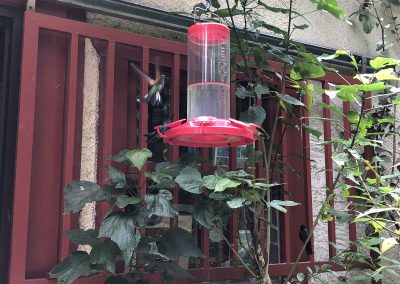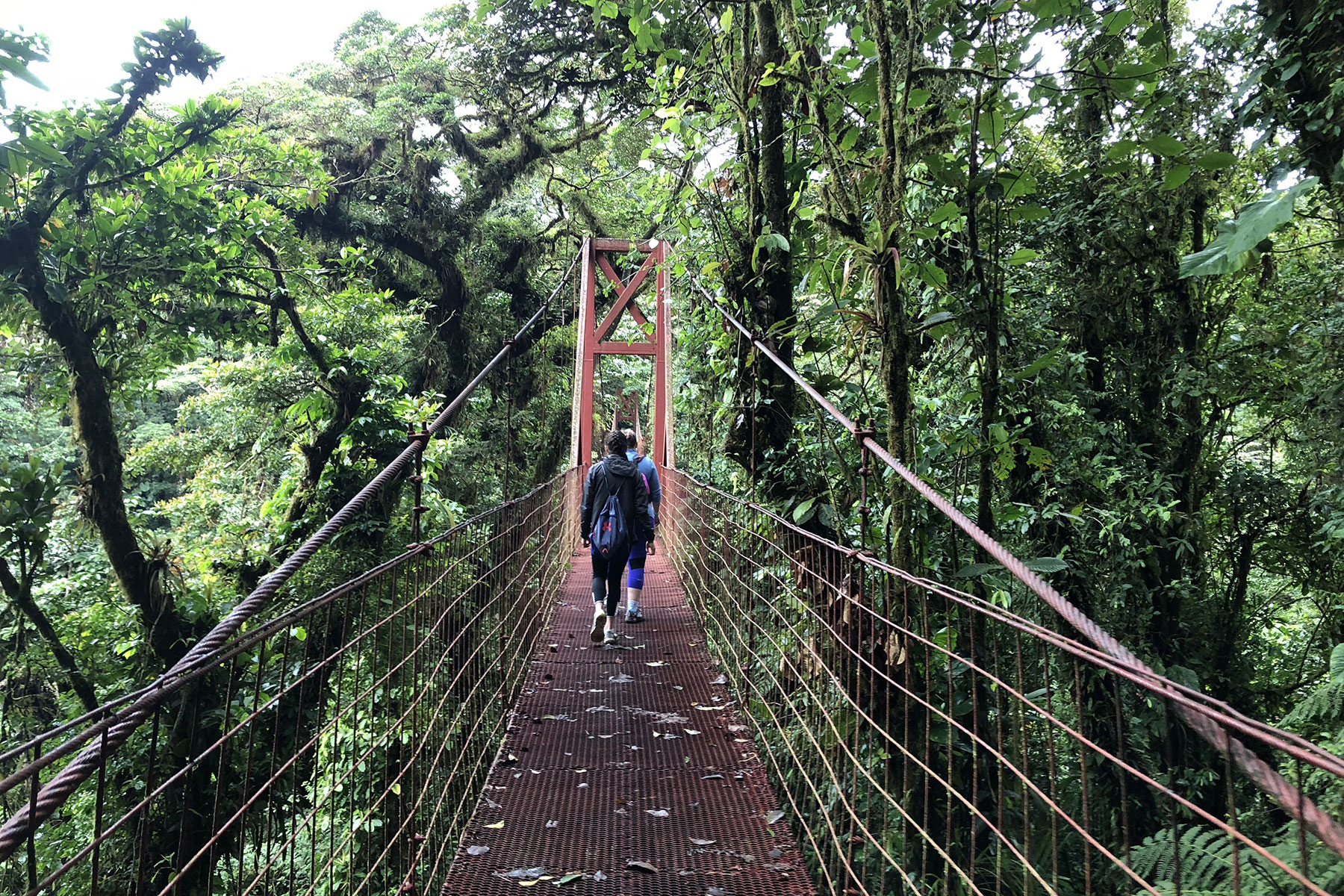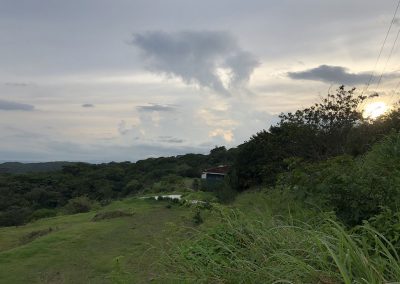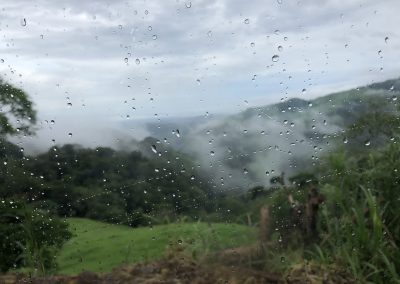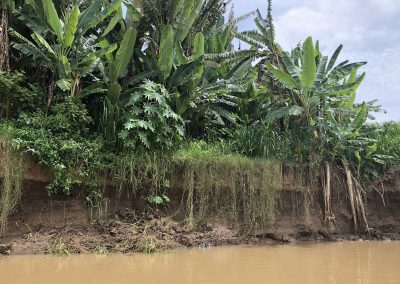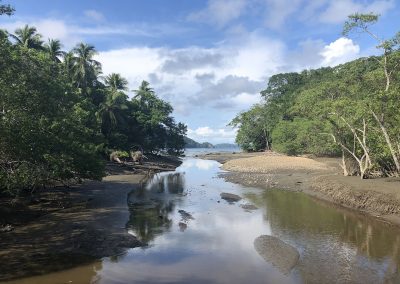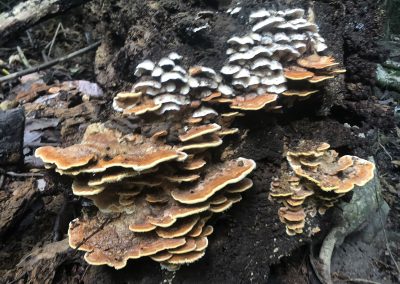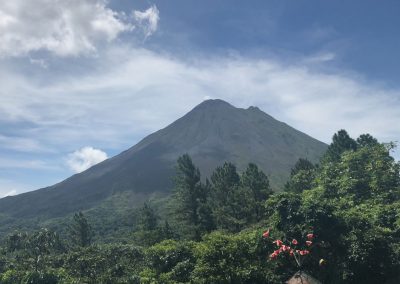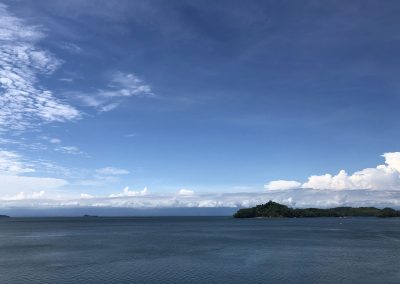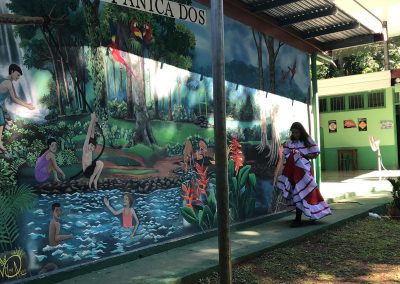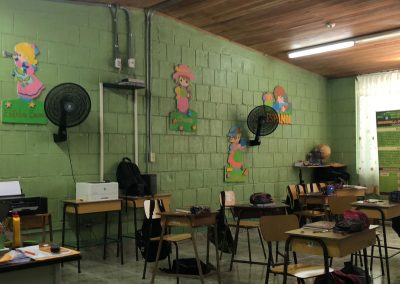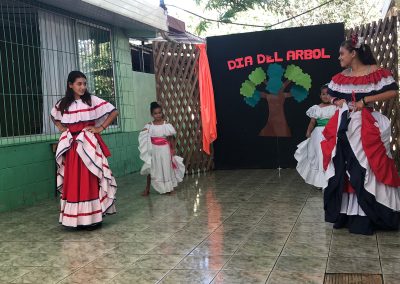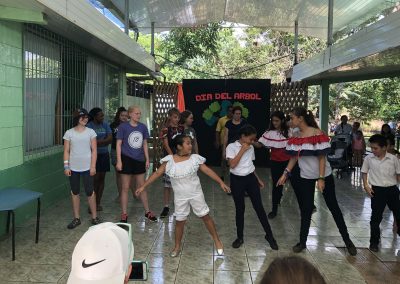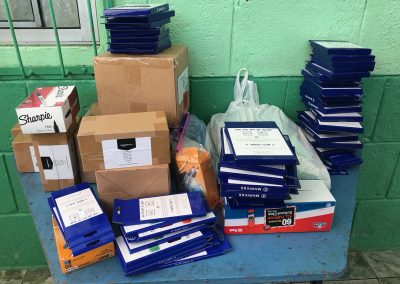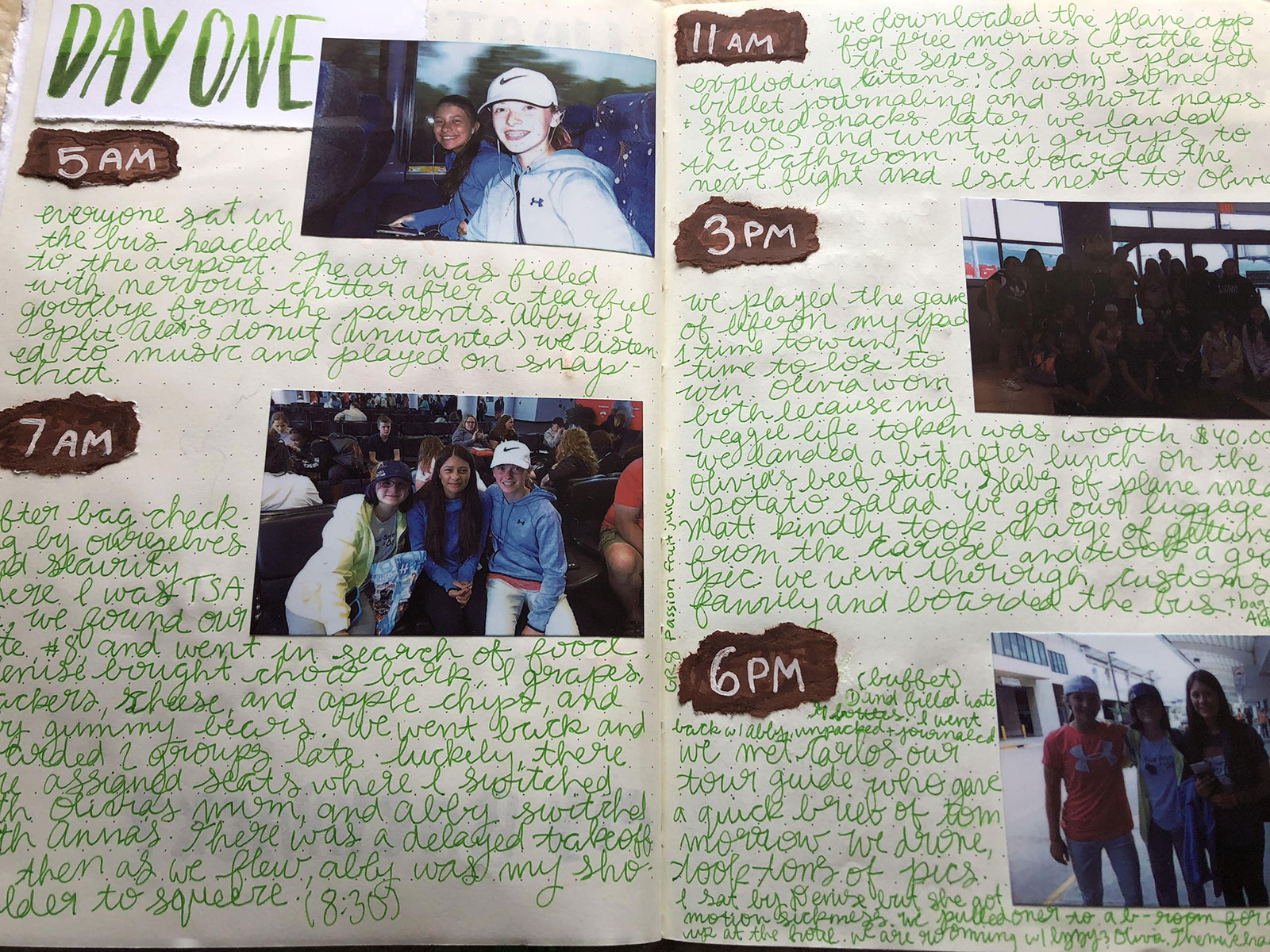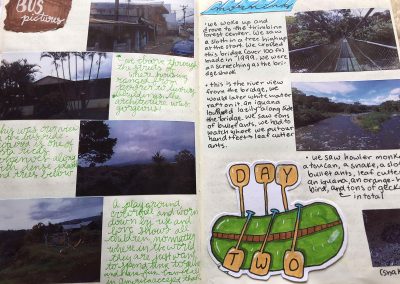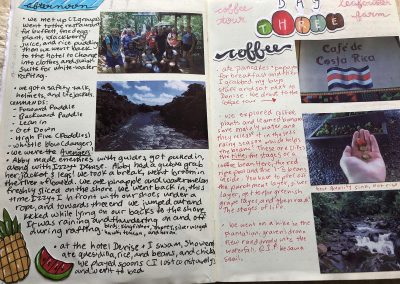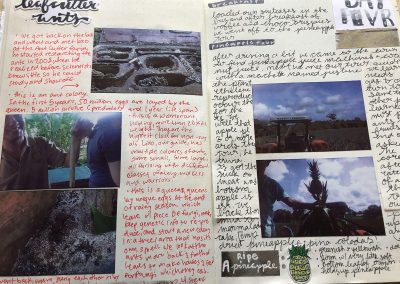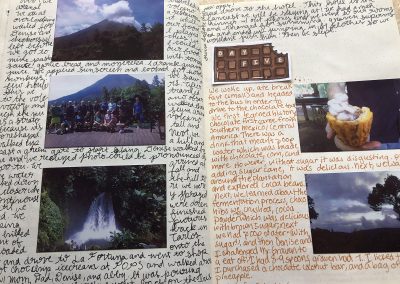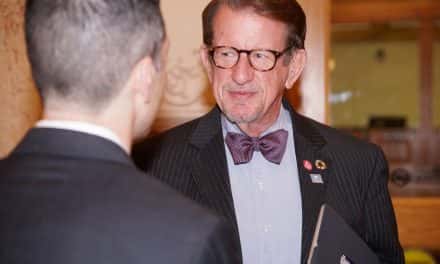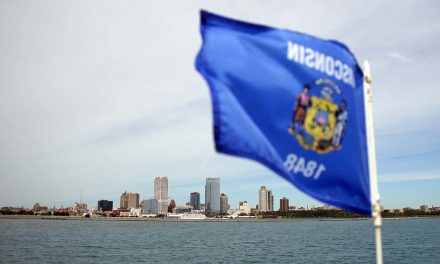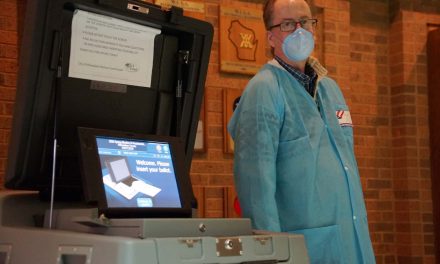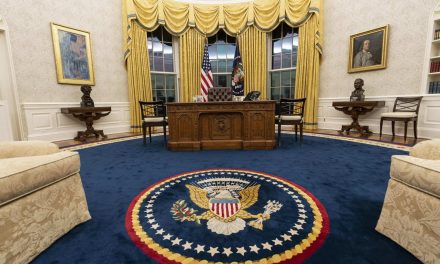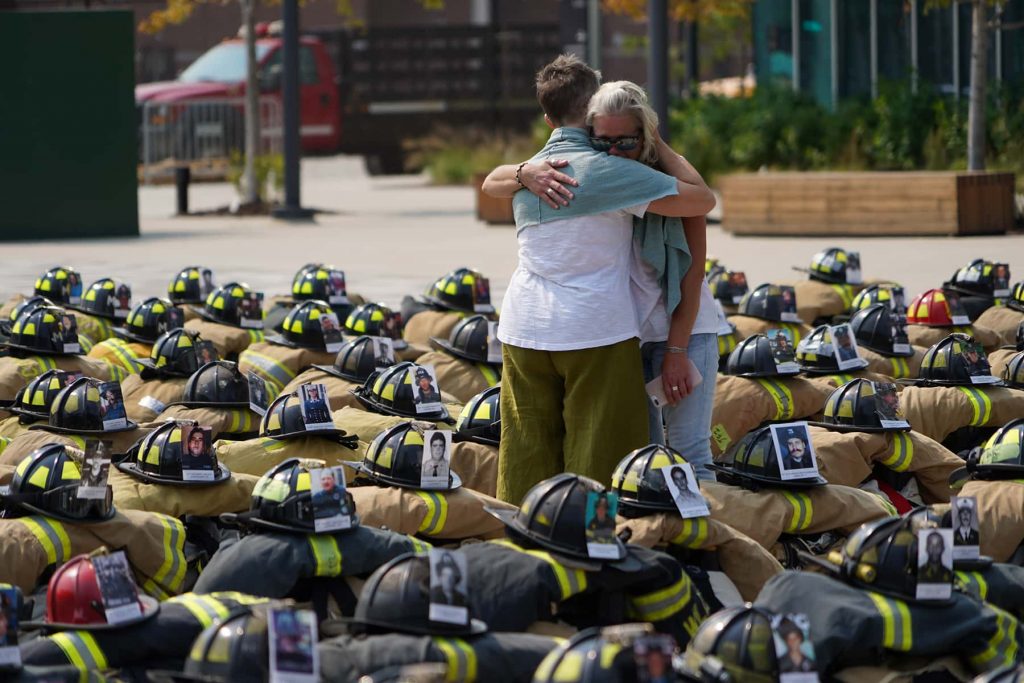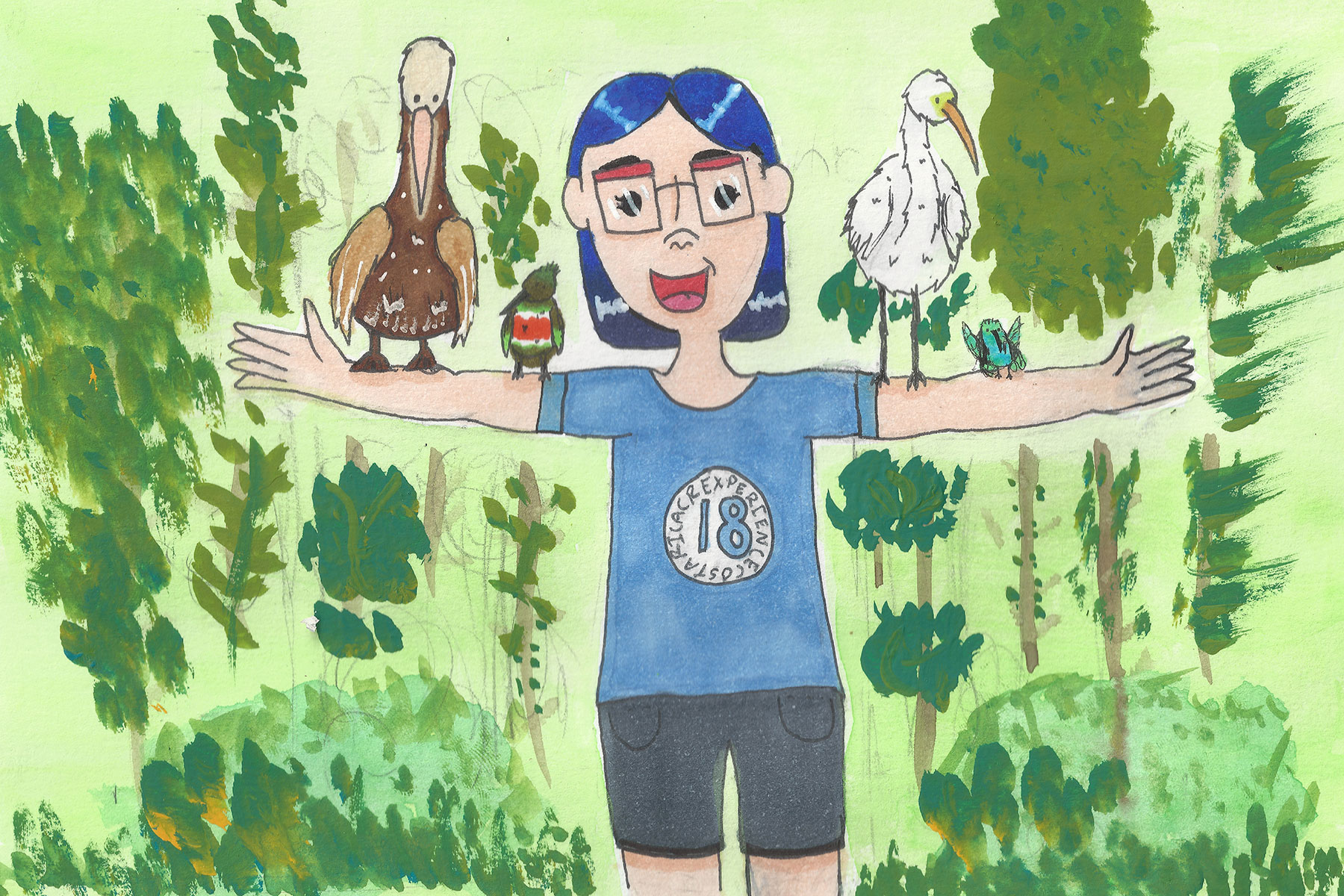
I have been fascinated by birds all my life. The beauty and mechanics of each feather, their ability to defy gravity, and the unique calls they make captivated my imagination since I was very little. In order to get closer to these exotic avian creatures, I would often visit the Milwaukee Public Museum’s Costa Rica rainforest exhibit. On display, I could examine tropical macaws that sat motionless on branches. Their waxy wings looking almost real to my curious eyes. I tried to suspend the museum’s reality and imagine myself in the wild, observing such a magnificent creature as it was about to take flight. It was impossible to believe that years later I would step through that exhibit and actually set foot in Costa Rica to see live birds.
The 7th and 8th grade science teacher from the Deer Creek Intermediate School in St. Francis, Peter Graven, leads a select number of students each year on a summer trip to Costa Rica. After graduating the 8th grade at Golda Meir School Upper Campus, I was fortunate enough to join the eleven day trip in 2018 and experience the adventure of a lifetime. It was a magical celebration of transition for me, before I would begin attending ninth grade at Ronald Reagan High School for the new school year.
Going to Costa Rica was like jumping off a cliff, even though I actually did jump off a cliff – on a zip-line. I also jumped off a mental cliff when I left my home to set foot in a new country where English was not the prominent language. I have lived in Milwaukee my entire life. The thought of leaving it was very nerve-wracking, yet extremely enticing. The life-changing trip to Costa Rica produced many stories from many beautiful people. So many, in fact, that it is difficult to narrow down my hundreds of memories into a simple summary that can be expressed to friends and family.
Although my journey began before I met our bus driver in Costa Rica, my first story is about Mongo. He spoke very little English, but despite this I talked with Mongo every single day on our trip. Most of the people in our school group did as well. Mongo used experiences and motions to communicate with us instead of using spoken English.
Because of Mongo’s unique ways of interaction, he developed a special relationship and techniques to communicate emotion, questions, or specific words with each student. This is one of the times Mongo communicated in a unique way with me:
Mongo sat at the end seat of the designated kid’s table, parallel to the teacher and chaperone table. Mongo could have easily picked up his large feet and trotted over to the adult table, as there were multiple open spots. Instead, Mongo plopped himself among the young adults with a grin plastered on his large, sweet face. His calloused hand reached into the pocket of his cargo shorts and produced a black phone, which glistened with moisture in the high humidity and low air conditioning. As my friends engaged in a conversation right beside me, I watched Mongo’s eyebrows lurch downwards in concentration, his eyes stuck on his small portable electronic device.
At last, Mongo raised his phone to meet my eye level and exclaimed, “Look!” I watched a video of a younger harpist play the melody of the famous Despacito. The harpist’s music was beautiful and so strong that no voices needed to accompany it. A smile crept onto my lips when I saw Mongo’s smiling face searching mine for a reaction. I was delighted Mongo shared this song with me, and he was so excited to share. We also watched a parody of a popular song without a language barrier between the two of us. We were communicating through shared interests. I realized the things that became popular in America can just as easily become popular in Costa Rica.
Mongo reminded me of a Pelican, a big lovable bird who always wanted to share. Whether it was lots of fish or stories, Mongo had something in his beak for others. After my interaction with Mongo, I felt like I had a new tool in my belt of life. I learned how to establish a relationship with anyone from anywhere in the world as long as we both made an effort to share our ideas, thoughts, or interests with each other in innovative ways.
Out of all activities planned for our trip to Costa Rica, I was most fearful about white water rafting. Unpredictable water, sharp rocks, the likelihood of falling out of the boat, these were all reasons why I was terrified about. However, after the experience, white water rafting became one of my favorite adventures during my trip. This was also because the guides were humorous and playful.
After listening to a long safety demonstration by one of the rafting guides, my class was divided into groups of six people per boat. Upon arriving at our craft, the rafting guide named Wilson asked us what slogan we should have when we survived a dangerous rapid. After a long debate, our group decided on the Avengers, from the Marvel comic characters, which made Wilson laugh. It was nice to know that our guide shared a similar interest of superheroes. All the members of our group, including Wilson, were very passionate about our paddling chant, which seemed to make our friends and guide in the next raft envious. The competition with that orange boat just made our roar of survival stronger. At one point, we may have gone a bit overboard during a splash fight from our raft:
“No more splashing!” called Alberth, the orange boat’s whitewater rafting guide. My boat mates and I cast worried expressions at each other, thinking we had upset Alberth in the other boat. We lower our paddles back to the water and solemnly begin to paddle. I looked back at Alberth and noticed the mischievous grin spreading on his face, as he began to kick water up in our direction. Alberth, after all, was the biggest jokester out of all the guides. “He was messing with us!” I yell, and quickly begin to throw water his way.
Shrieking, my classmates begin to spray water with their paddles, in an attempt to fend off the buckets splashed into our raft. At one point, Alberth’s boat began to get dangerously close to ours, so close our rafts were practically rubbing against each other. Sensing danger, we begin to paddle away. Recognizing our teamwork when the journey was complete, Wilson, our guide, had us place our paddles together in the center of the raft. We yelled the chant we had come up with at the beginning of the journey, “AVENGERS!”
I learned to become my own splashing superhero during white water rafting trip. Believing in my teammates can push push me to be my best self. I could never have guessed this intimidating, yet exciting experience would ultimately become one of the greatest highlights of my eleven day trip to Costa Rica.
Carlos Roberto Chavarria was a photographer and teacher of Costa Rican culture and education. He had been working with Mr. Graven for nineteen years, and giving guided tours for this particular trip for six years. He had two sons in college and a passion for taking pictures of birds.
Carlos reminded me of a Crane, a large graceful bird with long wings. Carlos’s places visiting children under his gentle wings and helps them explore Costa Rica with his vast knowledge. Carlos never stopped pushing himself to teach his students to the best of his ability, even when he was sick.
Towards the beginning of the trip, Carlos began to feel under the weather. It is never fun for anyone to be sick on a trip, and everyone in our group wished for him to get well. Carlos did not feel better, however, he continued to push through for our trip as a teacher and tour guide. He was so deeply committed to ensure we left Costa Rica with a better understanding of its culture and history.
One of the goals Carlos had for us included, “I want you all to realize how lucky you are to have the experiences you do at home in Milwaukee.” Carlos explained that many Costa Ricans will never be able to leave the country, because they will never be given the opportunity. He urged us to appreciate our trip, make the most out of it, and remember the advice he gave us in the future. When we are feeling down, or under the weather, we needed to have a courageous heart and spirit, and keep pushing our way through life.
Carlos never stopped believing in us. He knew our group would take a longer hike back to the hotel, so we could continue exploring and enjoying the sounds of the natural world and its beauty. Our group never stopped believing in Carlos, because he pushed through the pains of being sick to present himself as a jolly tour guide, ready to take on the day. One of the most powerful messages Carlos gave to me was that I should not feel bad for what I have, but appreciate and use what I do.
Experiencing the passion Carlos had for Costa Rica every day, from early morning hikes to late night card games, from his explanations of reforestation in the country to methods for composting, recycling, and water conservation, was a blessing. But it was also emotionally draining to absorb it all in such a short time, and with so much physical exertion that the journey required, including mental stamina. Carlos showed me to never stopped giving, to push forward, and take in every experience.
Another influential experience on my trip was visiting a small, urban school in Puntarenas, Costa Rica. The school contained children from 3rd grade to 6th grade. Our group was welcomed with a big celebration. The excitement from the students radiated like the sun’s warmth, casting a smile on the face of every person in attendance. I especially admired a hand-painted mural of colorful birds, rushing waters, which reflected the work and love by students that has gone into making the school.
After taking a quick tour through the small classrooms and sweet cafeteria, our group was greeted by students in elegant outfits made for dancing, and excited chatter. The teachers welcomed us to their school and graciously thanked us for traveling so far just to meet them. The students transitioned to the performance part of our welcome:
A dainty finger pressed “play” on a black button. A smooth Spanish voice sang to a fast and catchy tune, synchronized with the rhythm. The skirts of the girls swished back and forth quickly like a hummingbird’s wings. After the song ended, two younger girls, one of whom was also named Daisy, remained on the floor in front of us. One way the students learned English was through memorizing pop songs. The two girls decided to sing a song called “Happy.” The melody consisted of soft voices and wide smiles, and everyone in the school enjoyed it. After a few other performances, our class was directed to the floor where we could learn dances from the Costa Rican students. Daisy was one of the fiercest dancers and she enjoyed being a teacher. Our classes joined together to do a popular dance called flossing. Flossing originated in America, however, that did not stop the trend from catching on in Costa Rica. To conclude the spectacular visit, one of the head teachers sang a very popular song full of emotion, Carlos knew it, the kids knew it, and this teacher certainly knew it. The teacher dramatically held the microphone, sang the lyrics with so much passion and love, everyone could feel his admiration for Costa Rica like it was a warm blanket. His voice was full of emotion throughout the entirety of the song. Just like America’s national anthem, the song was respected, praised, and sang as a community.
When we waved our goodbyes to the children and teachers, our hearts were heavy. We learned so much from our new friends and we said goodbye too soon. Saying goodbye to people you cared about is always difficult. That school has a place in my heart, I will carry it with pride. I have never seen such love and hospitality come from complete strangers. Costa Rica seemed to overflow with that feeling, which is why I became so enamored with it.
“Laio was our tour guide at the leaf cutter ant farm. During the economic crisis of 2008, he realized he could create a leaf cutter ant tourism industry because scientists knew little about them. Laio has multiply colonies of ants throughout his farm. He has large colonies, but keeps one small in order to show tour groups what a queen ant looks like, and how she interacts. Leaf Cutter Facts: In the first 5 years, 50 million eggs are laid by the queen but only 5 million survive. A warrior ant can hold more than 20 times its weight.”
Before I went on my trip to Costa Rica, I was worried about my safety because of how I had been conditioned to perceive poor people and anyone who was ethnically Hispanic. I was nervous about how the locals would behave, and this fear tainted my enthusiasm. I had these misconceptions stapled across my brain, because of negative stereotypes about Spanish speaking immigrants from the news and from our political leaders.
At first, I clung tightly to these false ideas as I boarded our tour bus, casting nervous glances over my shoulder. But, throughout my whole trip to Costa Rica, I was treated with only hospitality and kindness. I was greeted with respect and care, and there was never an instant where I needed to look over my shoulder. My experience in Costa Rica was incredibly peaceful, and it never produced the worries I expected.
For all its exotic allure growing up, the Milwaukee Public Museum’s presentation of Costa Rica was still a safe and controlled environment. I left that comfortable and familiar world to visit the real Costa Rica, filled with hesitance and weariness.
In Milwaukee, I had only ever needed to speak English. So I was concerned about how I would be able to communicate with Costa Ricans, since I did not speak Spanish. But they always worked hard to meet my needs and help, even if they could not understand me clearly. The people I met in Costa Rica were hearty farmers, dedicated scientists, and hard working teachers. They gave me peace of mind and lots of love.
Throughout the trip, we learned about conservation efforts for wildlife habitats and reforestation, as well as Costa Rica’s commitment to public education. Six percent of the budget in the United States is spent on education, in Costa Rica they spend twenty-three percent. Our tour guide Carlos did not have to worry about his two sons being in debt for the rest of their lives because they went to college. In Costa Rica, a student can go to a public college for zero to six-hundred dollars. As I continue grow older, my parents and I wonder about how to pay for my university education.
I now understand why Carlos was so proud of his country. The Costa Ricans I met were incredible human beings. I had lived in Milwaukee thinking my country was perfect and Costa Rica was not. I had to travel there to put my feet on the ground to learn otherwise.
My parents have raised me with the notion of equality. But outside of my Milwaukee home, I was and continue to be surrounded by negative stories about immigrants and “foreigners.” There is a lot of social pressure to stay small and retreat into the little nest that I knew. The Costa Rica trip taught me to think big. The only way I can maintain that and grow is to continue seeking new experiences beyond my comfort, and my own limited cultural exposure. No matter how optimistic I am, stereotypes are an unconscious part of my daily conditioning, through TV, social media, or friends. But I now have the ability, with diligent effort, to look past those conventional images.
I danced to hot, fresh pop songs with kids from Costa Rica, had a splash duel while whitewater rafting, communicated through a music video, faced every challenge in front of me, and learned to be myself in Costa Rica. Not a day has gone by since without remembering an experience from Costa Rica, and connecting that with events in my life back in Milwaukee.
I am proud and excited to be able to share these stories about my journey. I realize how many connections I made on my trip with people, how our lives touched each other in unexpected ways, and how impossible it is to calculate the ongoing influences from those encounters. I am so full of new and beautiful experiences, stories, and friends, that I feel like a new version of myself, like a stronger person, like a bird taking flight with a new set of wings.
© Image
Art and Photos by Daisy Kiekhofer

